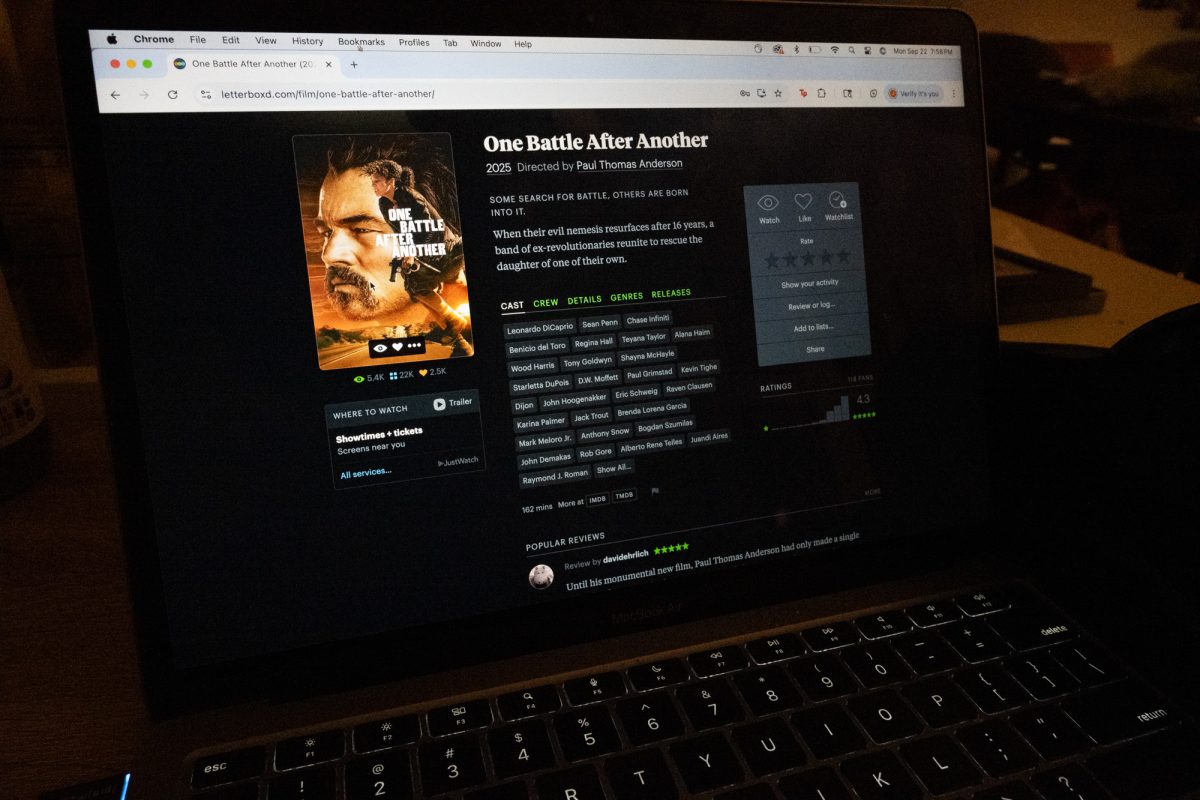After a series of technical difficulties, the professor asks the partially visible class a question. Crickets. A couple of students begin to talk before one utters a flustered, “sorry, you can go,” to the other. Responses simultaneously flood the chat.

A reminder that “breakout rooms will close in 60 seconds” pops onto your screen.
Relieved, you immediately leave your awkward breakout room, only to find yourself alone with the professor in the main session.
Due to a screen-sharing mishap, the entire class now knows the professor’s social security number, financial situation and music taste.
A towel-clad roommate walks by in the background, a classmate’s private conversation with their mother is unfortunately unmuted for the whole class to hear and someone’s dog is barking.

We are all too familiar with the awkwardness of Zoom instruction. But between these cringeworthy moments and the collective frustration with online learning, the classroom dynamic has seen several changes — some for the better.
Some speculate that coronavirus has killed the handshake, but has it also killed hand raising?
I have noticed class discussions have become more open and student-driven. Typically, with in-person classes, it is up to the professor to decide who gets to speak by choosing from raised hands. This means the most avid participants can often drown out quieter voices.
At some point, we have all been in the situation where we have a top-notch idea or burning question to contribute, only to have the professor ignore us or move on to the next question.
On Zoom, anyone can contribute to the discussion by simply unmuting their microphone and speaking, adding a conversational flavor to the traditional classroom setting. This new format can initially make students more uncomfortable because they are put on the spot and may feel hesitant about speaking. But, it allows more voices to be heard.
It’ll be interesting to see whether this will make students more comfortable initiating and presenting their ideas when in-person classes resume.
Beyond the microphone’s great functionalities, students can also use the chat feature.
Ever have a burning question to ask, only to completely blank when called on? The chat function makes it easier for students to ask questions through the lecture instead of waiting until the end. Students can also comment on one another’s points without interrupting the flow of the classroom.
On the other hand, professors and teaching assistants can answer questions as they pop up without devoting class time to them. The written format is helpful for allowing people to present their ideas articulately and remember others’ points exactly. It also stimulates participation, particularly from shyer individuals because it allows them to feel less self-conscious about public speaking.
The chat function, however, is only a temporary relief for quieter voices. While it allows them to ask their questions or contribute their thoughts, it does not allow students to cultivate confidence in presentation skills.
It is also important to acknowledge the lack of connection and community in online classes. When you are not physically present with your classmates, you narrow your focus to two individuals: the professor and yourself.
While this offers an individualized educational journey at your own pace, it also adds an element of discreteness: Students are less inclined to think about their ideas in the context of others’ contributions.
But, there are ways to curb that lack of intellectual interaction on Zoom.
Though an awkward and imperfect substitute for in-person interactions, breakout rooms are a helpful tool for fostering collaboration across the virtual classroom.
During in-person classes, I would naturally gravitate to those sitting closest to me for group work. These people tended to share my background, interests, abilities and personality. I was often friends with them — there was a reason we were sitting together.
For each group work opportunity, I would always work with the same few people, and conversations would typically build off previous ones.
Breakout rooms have redefined group work in the classroom. Because they are typically randomly generated, students work with people they may have never met otherwise. They are exposed to different backgrounds, ideas, skills and personalities, setting the tone for increased individual empathy and stronger group performance.
Since you generally cannot continue the discussion over successive conversations, this setup can come at the expense of in-depth conversations. But it compels students to adapt their approaches to meet group needs each time around.
The pandemic and resulting social effects are unprecedented in many ways. From children to high-ranking officials, no one knows how to best navigate this situation. We can only resort to trial and error.
Professors and students are facing this steep learning curve together, so students can be less inclined to place professors on an all-knowing pedestal. This humanization of professors bridges the psychological gap between the two people, making the authority figure more approachable.
The transition to virtual instruction has also increased the scope of educational opportunities.
For starters, virtual instruction reduces the necessity of class size limits, allowing more students to attend. Also, when selecting courses, students no longer have to consider transit time between classes.
Although they may be deprived of hands-on experiences, students can also hear from more guest speakers, who are more accessible virtually, empowering their education with a new range of perspectives. Online classes have also set the stage for universal access to quality educational resources.
With online education, more and more students can access opportunities from around the world than ever before.
In my discussion of these educational improvements, I don’t want to diminish the challenges associated with online learning — for example: the lack of student engagement, the difficulty of fairly administering examinations, poor studying conditions at home and conflicting time zones.
Instead, I want to highlight the unanticipated benefits of this new age of learning, which we should be mindful of as we continue to adapt to online classes.
Whether these changes will survive the transition to in-person learning is still unknown. Until then, good luck Zooming through Spring semester.














































































































